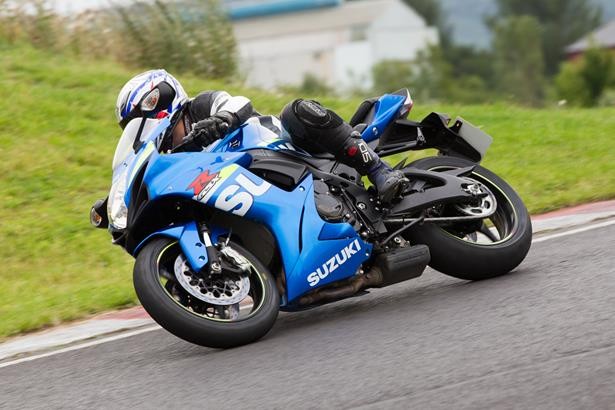The 2012 Suzuki Gsx-r600, while not drastically different from its 2011 predecessor, continues to offer a compelling blend of performance and agility. This review delves into the bike’s ride quality, engine performance, reliability, value proposition, and equipment.
Ride Quality and Brakes: A Refined Experience
The 2012 GSX-R600 inherits the significant improvements introduced in the 2011 model. The twin-spar aluminum frame, lighter and more flexible, contributes to a pliable yet responsive chassis. While not as stiff as some competitors like the Yamaha R6 or Kawasaki ZX-6R, the GSX-R600 provides ample feedback, inspiring confidence in riders to push their limits. The Showa Big Piston Forks (BPF) offer excellent adjustability for both road and track riding, delivering a solid feel when cornering. The Brembo monobloc radial front brakes offer superb stopping power with minimal fade.
The riding position is comfortable for a supersport, with adjustable footpegs, reasonably positioned clip-ons, and a well-padded seat. This versatility allows the GSX-R600 to handle both spirited track days and longer touring rides. The bike’s stability and composure at high speeds further enhance its overall riding experience.
Engine Performance: A Midrange Powerhouse
The 2012 GSX-R600 retains the 599cc inline-four engine, but with a focus on improved midrange torque. This enhancement makes the bike incredibly enjoyable to ride in the 70-110 mph range, particularly in 4th and 5th gears. The increased midrange pull rivals that of the larger GSX-R750, while still maintaining the exhilarating top-end rush characteristic of 600cc supersports.
This impressive midrange performance is achieved through several refinements, including new cams, pistons, and ventilation holes in the engine block. A lighter, close-ratio gearbox and revised final drive ratio further contribute to the bike’s responsiveness and acceleration. The lightweight exhaust system, featuring a titanium end can and a butterfly valve for improved low-end and midrange power, enhances both performance and aesthetics.
Reliability and Build Quality: Minor Concerns
While the 2012 GSX-R600 generally boasts solid reliability, some minor concerns exist. The paint is known to be thin and prone to stone chips. Potential buyers should carefully inspect used models for signs of damage, non-original panels, or mismatched fasteners, as these bikes are often ridden hard. However, the robust engine, with a good service history, should provide years of trouble-free performance.
Value vs. Rivals: A Strong Contender
The 2012 GSX-R600 offered a compelling value proposition in its time. Although lacking some advanced electronics found on competitors, its performance and affordability made it a strong contender in the supersport segment. The GSX-R750, with its larger engine displacement, provided a tempting alternative for a slightly higher price. However, the GSX-R600 held its own as a capable and cost-effective option for riders seeking thrilling performance.
Equipment: Basic but Functional
The 2012 GSX-R600’s equipment is relatively basic compared to modern sportbikes. It features a two-mode power map and an electronically adjustable steering damper, but lacks traction control, a quickshifter, or ABS. While the electronic aids are limited, they provide adequate functionality for most riding situations.
The 2012 GSX-R600 delivered an exhilarating riding experience with its potent engine and agile handling. While lacking some modern electronic features, its performance, affordability, and comfortable riding position made it a compelling choice for riders seeking a thrilling and versatile supersport machine.


